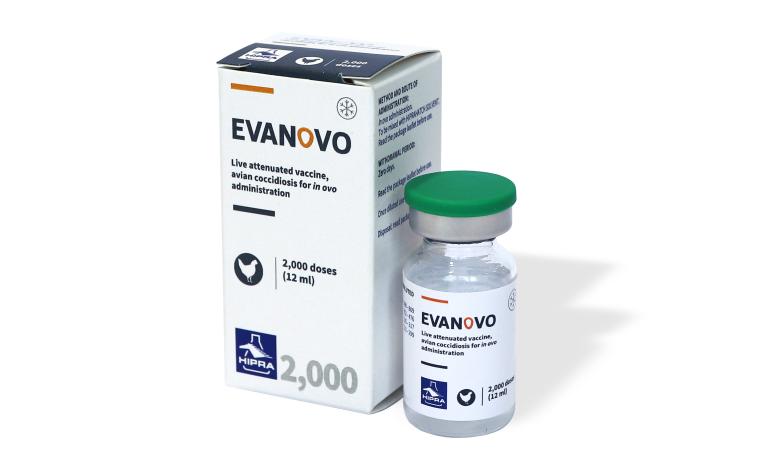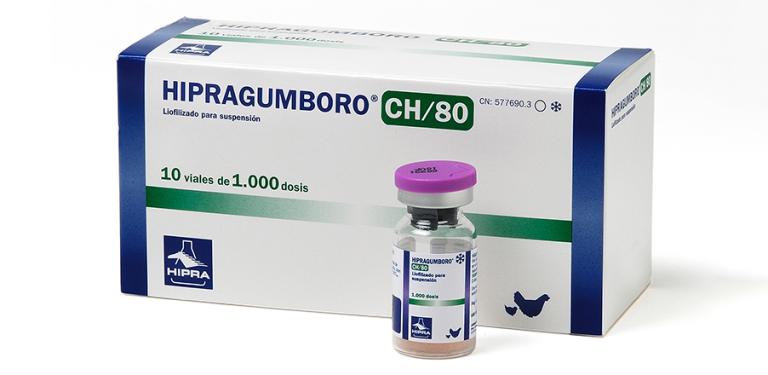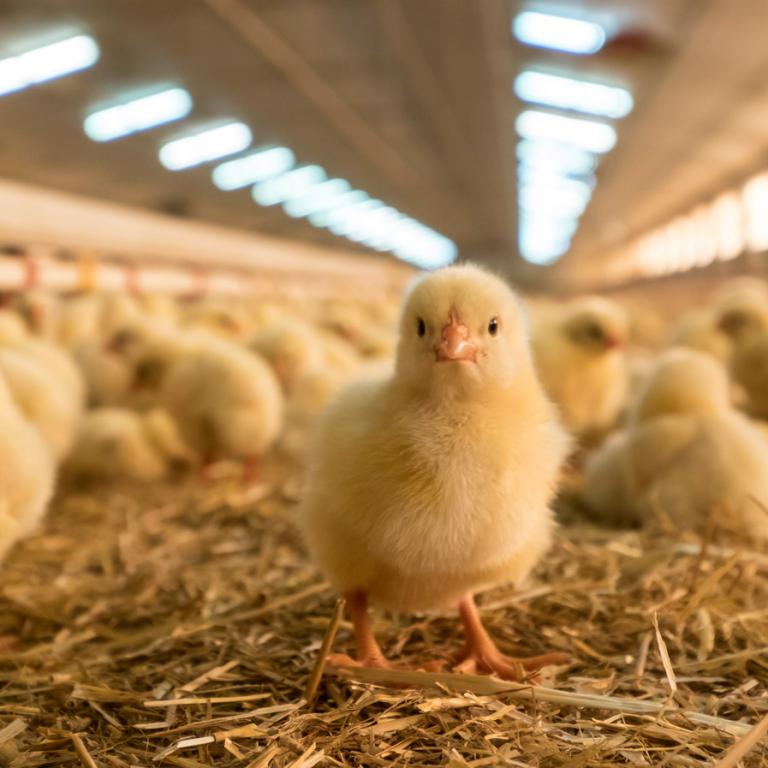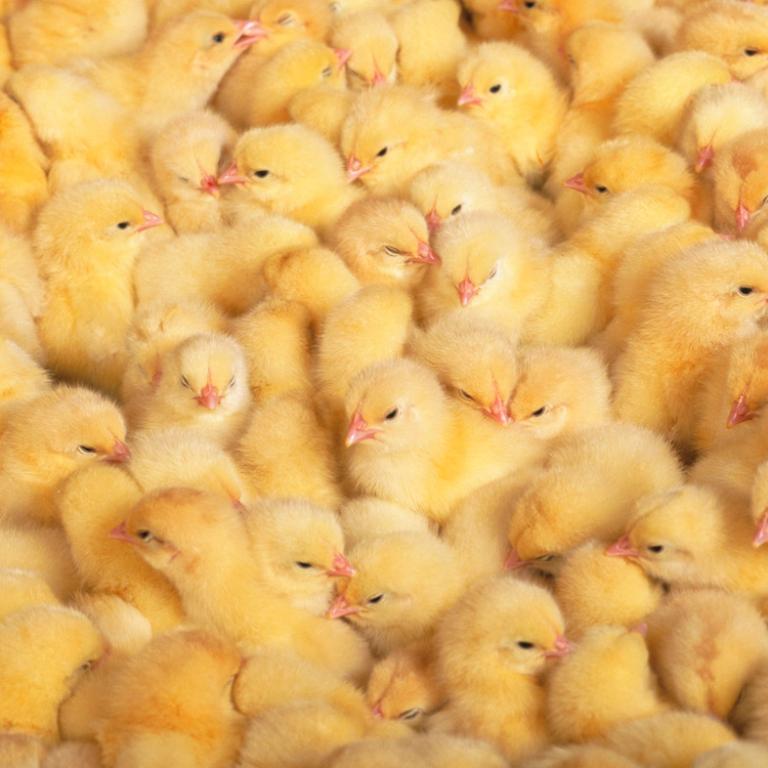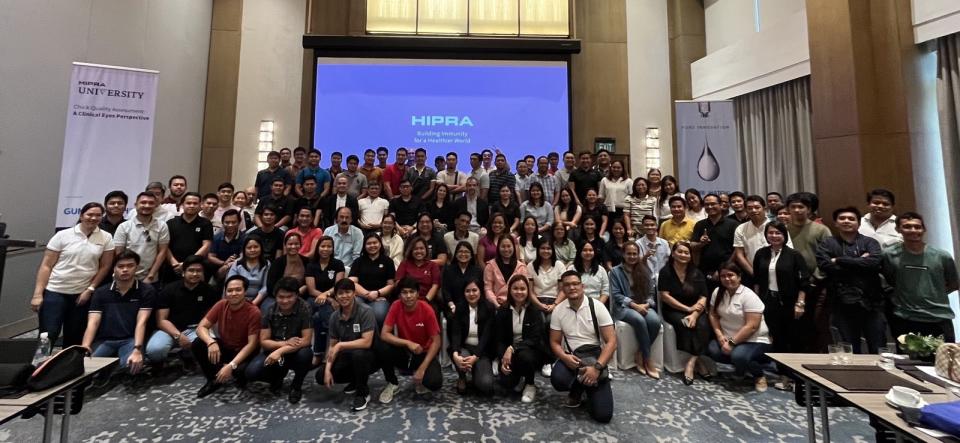Eimeria spp is a protozoan parasite with a complex life cycle and so is the host immune response to Eimeria infection. In the last decade, huge progress has been made in the identification of host and parasite genes involved in immunogenicity but there are still some immunity mechanisms to be discovered.
As a general rule, we say that Eimeria immunity is species-specific, meaning that each species of Eimeria is able to stimulate protective immunity against itself. Although some studies suggest that partial cross-protection can be achieved (Augustine et al. 1991), from a practical perspective we have to assume the widely accepted belief that there is no cross-protection between species.
The role of antibodies is negligible in the immune response to Eimeria spp despite being abundantly synthesized after contact with the parasite, whilst the role of cell-mediated immunity is vital. This fact has been described in several studies where the removal of the bursa of Fabricius did not interfere with the development of immunity against Eimeria (Lillehoj et al. 1988).
Eimeria infection will induce an inflammatory reaction in the intestine that will start with the secretion of mucin by the goblet cells to build up a physical barrier in an attempt to minimize the invasion of epithelial cells by the sporozoites.
Other mechanisms of the innate immune response will be activated following exposure to the sporozoites. Macrophages, dendritic cells (DCs) and natural killer cells (NK) will be mediators in this primary non-specific immune response. Macrophages are phagocytes with cytotoxic activity that produce cytokines which mediate in the inflammatory response. DCs are also components of the mononuclear phagocyte system which express high levels of major histocompatibility complex class II (MHC II) and they are the main antigen presenting cells to T helper cells during the primary immune response. NK cells are non-phagocytic cells with cytotoxic effect that will lyse infected enterocytes. Chickens don’t have lymph nodes so it’s likely that primary antigen processing occurs in the mucosal-associated lymphoid tissue of the gut (GALT).
Avian GALT includes the bursa of Fabricius, the caecal tonsils, Meckel´s diverticulum, Peyer patches and intraepithelial lymphocytes. CD4+ T cells recognize antigen peptides displayed by MHC class II molecules. CD 4+ T cell activation by DCs triggers their differentiation along two pathways: CD4+ Th 1 lymphocytes that secrete IL-2, IFN-g and TNF b providing support to cytotoxic T cells (CD8+), and CD4+ Th 2 that mainly secrete IL-4, IL-5 and IL-13 and essentially provide support to B Lymphocytes. In subsequent Eimeria infections, an adaptative immune response will take over from a non-specific immune response and cytotoxic T cells (CD 8+) will play the major role in controlling the infection. The main determinant of differentiation of CD4+ T cells towards the Th 1 or Th 2 pathways is the extent and type of DC activation by the innate system.
Specific adjuvants may favour CD4+ responses to Th 1 or Th 2. HIPRAMUNE® T is an adjuvant that, applied together with EVALON®vaccine, skews the CD4+ response towards the Th 1 pathway, increasing the secretion of IL-2 and IFN-gamma and consequently the CD8+ T cell differentiation.



